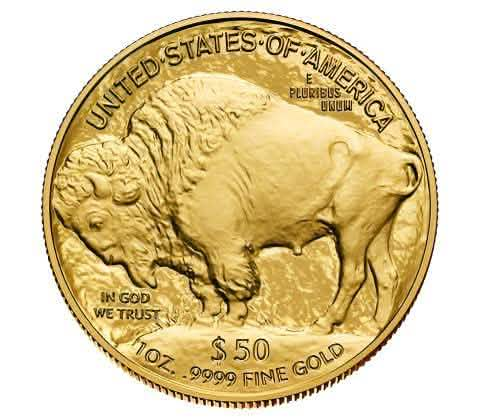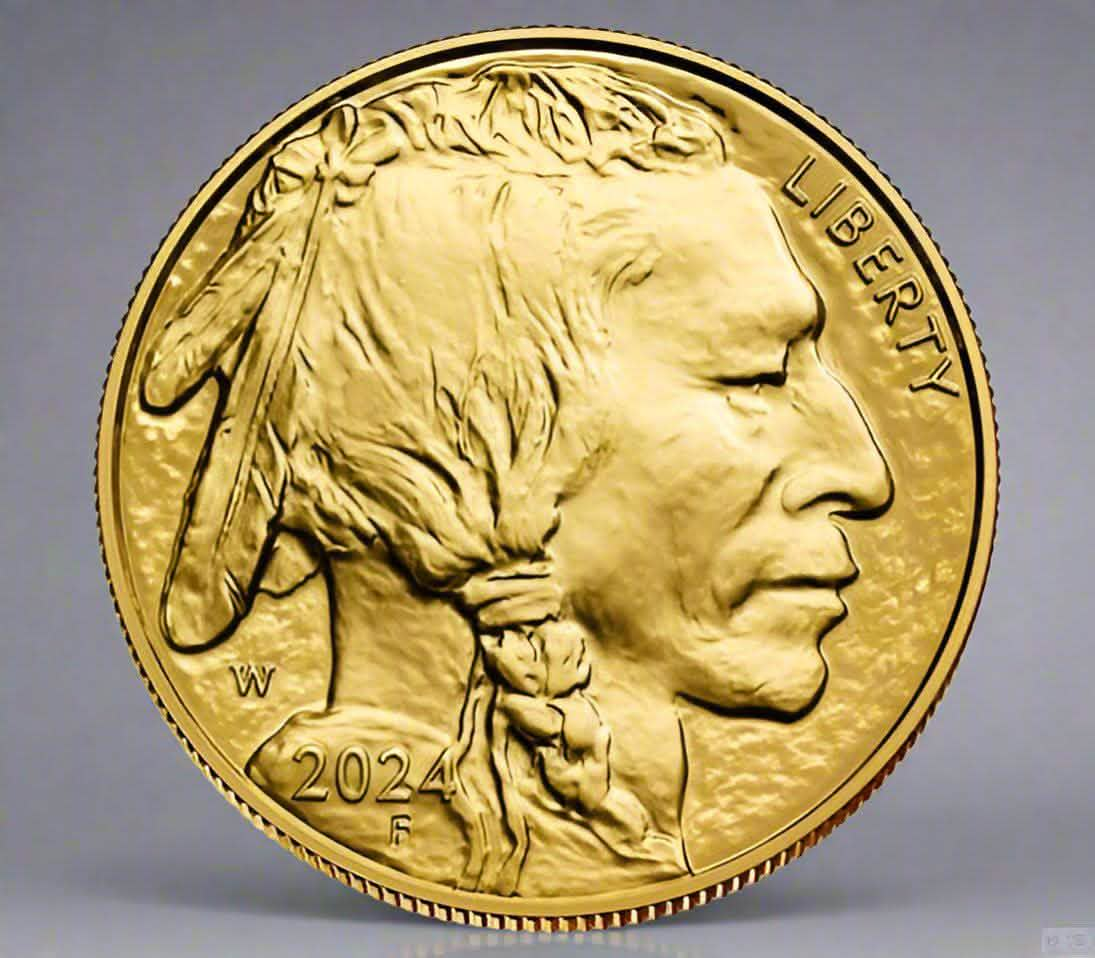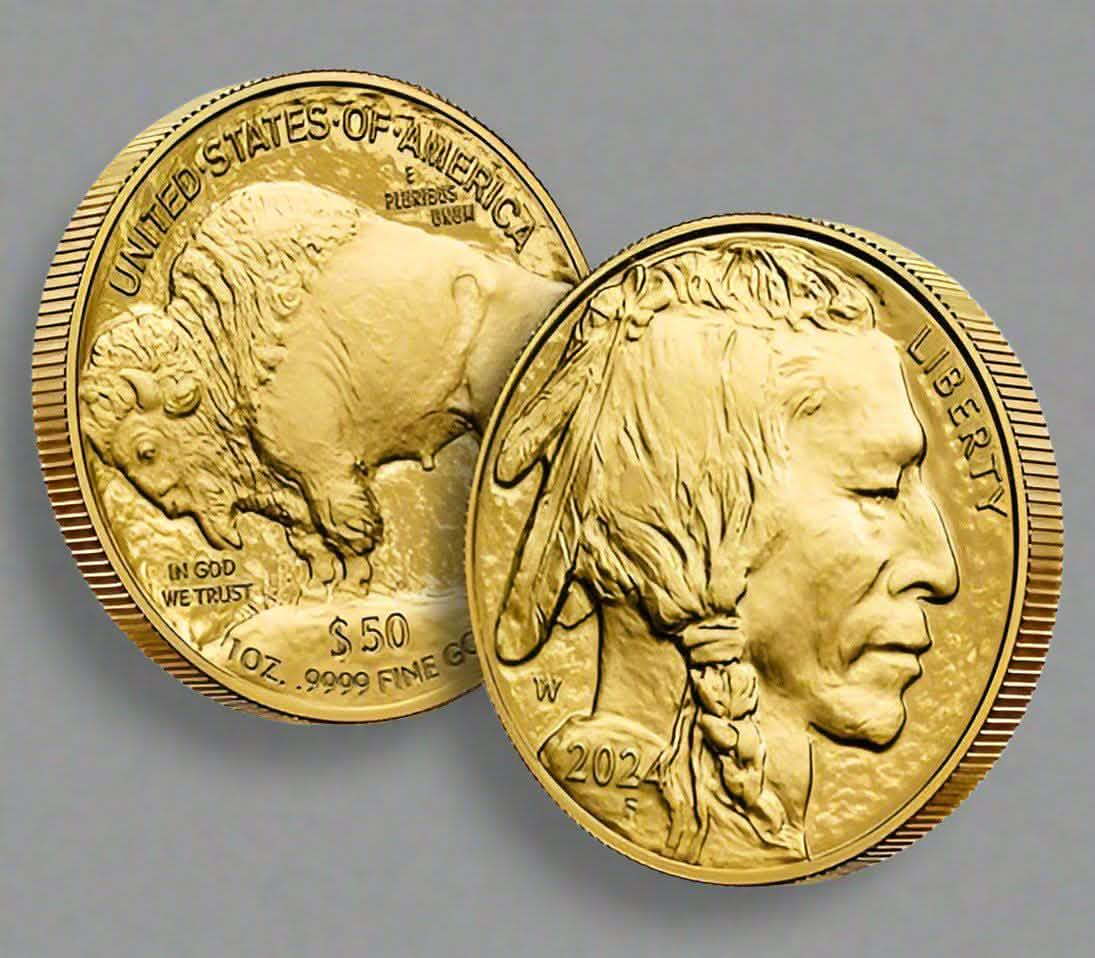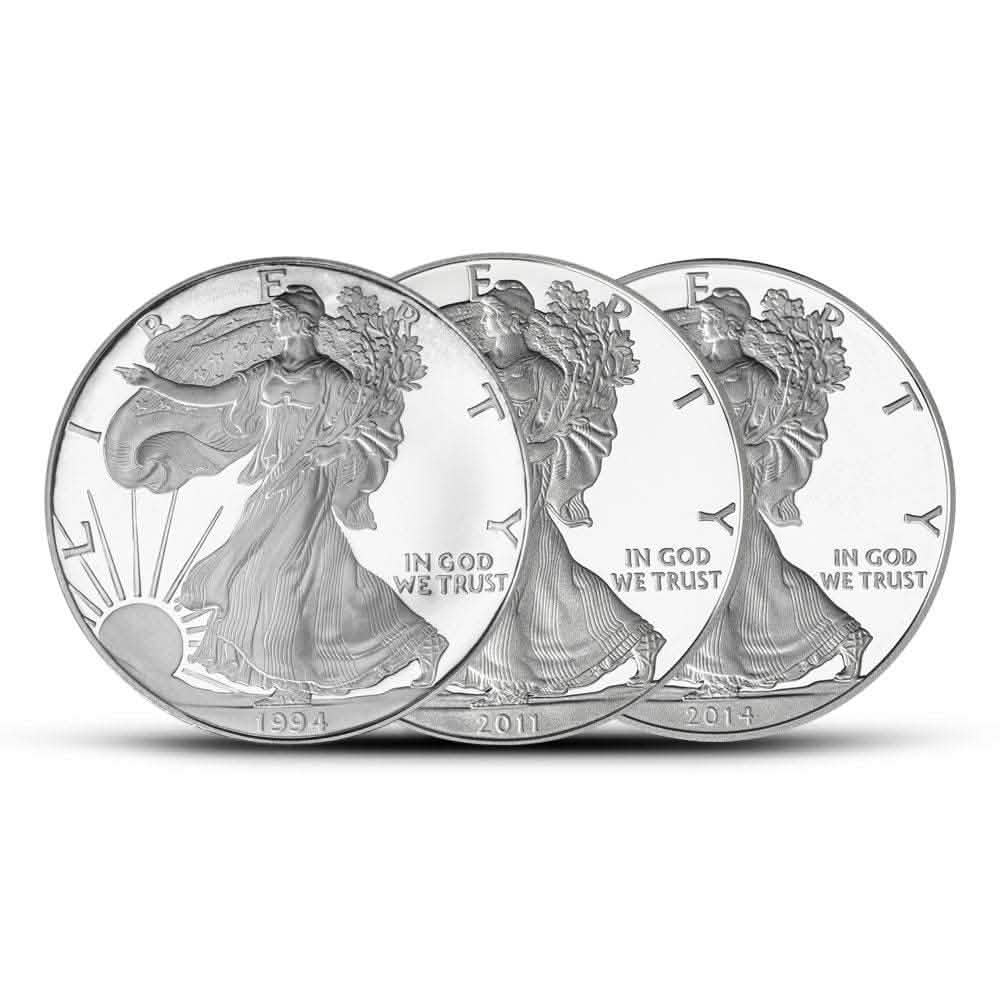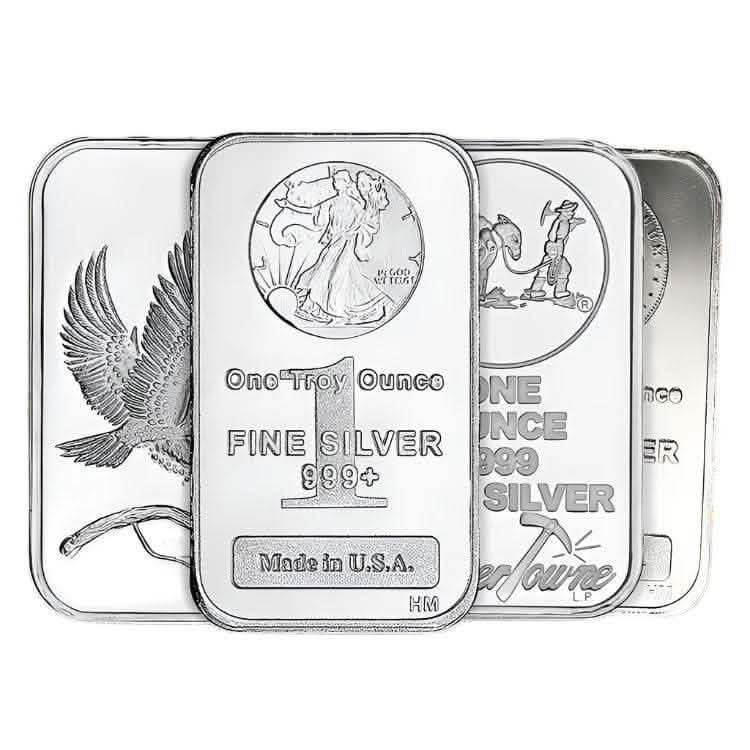Few commodities evoke as much intrigue and speculation when it comes to investing as gold. Known for its glimmering allure and historical significance, gold continues to capture the attention of investors worldwide. Recently, a remarkable trend has been observed: the price of gold is reaching record highs. This surge raises several questions for investors eager to understand the forces driving these unprecedented price levels.
In this blog post, we will explore the various factors contributing to the rising price of gold. We'll cover economic uncertainties, currency fluctuations, and geopolitical tensions, among others, to provide you with a comprehensive understanding of this phenomenon. By the end, you'll have gained valuable insights into why gold remains a favored asset for many investors and how it might impact your investment strategy.
Global Economic Uncertainty Fuels Gold Demand
Economic uncertainty is an all-too-familiar driver behind the rising price of gold. Investors seek refuge in safe-haven assets during economic turmoil, and gold is a reliable choice. This trend becomes particularly pronounced during periods of financial instability.
In recent years, we have witnessed a series of global challenges, including trade tensions, pandemics, and political upheavals. These factors have shaken investors' confidence, prompting them to turn to gold as a hedge against market volatility. When traditional investments like stocks and bonds become unpredictable, gold offers security and stability.
It's important to note that global economic uncertainty isn't just limited to short-term events. Long-term concerns such as rising national debts and fiscal deficits also contribute to the appeal of gold. Investors recognize that these financial issues could have lasting implications, making gold an attractive anchor in their portfolios.
Currency Fluctuations and the Role of the US Dollar
Currency fluctuations, particularly those involving the US dollar, significantly shape the price of gold. Historically, the value of gold has tended to be inversely related to the strength of the US dollar. When the dollar weakens, gold prices often rise, and vice versa.
Various factors, including interest rates, inflation, and economic policies, can influence the US dollar's performance. For example, when central banks implement expansionary monetary policies, such as reducing interest rates or increasing money supply, it can lead to currency depreciation. In response, investors flock to gold as a store of value.
Additionally, global trade dynamics and geopolitical tensions can impact currency values. Trade disputes or sanctions can disrupt international markets, causing investors to seek refuge in gold. This increased demand, driven by currency-related concerns, contributes to the upward pressure on gold prices.
Central Banks and Gold Reserves
Central banks play a crucial role in shaping the dynamics of the gold market. These institutions hold substantial gold reserves as part of their foreign exchange reserves, and their actions and strategies can significantly influence gold prices.
Central banks often maintain gold reserves to diversify their portfolios and stabilize their currencies. Increasing their gold holdings can signal confidence in the precious metal's long-term value, encouraging other investors to follow suit and driving up demand and prices.
Furthermore, central banks occasionally buy or sell gold to manage their foreign exchange reserves. Such actions can impact the supply-demand dynamics of the gold market, influencing prices accordingly. Understanding central banks' behavior and policies is essential for investors anticipating future price movements.
Geopolitical Tensions and Safe-Haven Appeal
Geopolitical tensions have always been a significant driver behind the demand for gold. Investors seek safe-haven assets to protect their wealth in political instability, conflicts, or crises. Gold, with its historical reputation as a reliable store of value, becomes a preferred choice.
Recent geopolitical events like trade disputes, territorial conflicts, and diplomatic tensions have heightened global uncertainty. These incidents create fear and anxiety among investors, prompting them to allocate some of their portfolios to gold. The resulting surge in demand contributes to the upward trajectory of gold prices.
It is essential to recognize that geopolitical tensions often have ripple effects on other economic factors. Conflicts can disrupt supply chains, impact energy prices, and affect global trade relationships. These consequences further reinforce the perception of gold as a safe-haven asset.
Inflation Concerns and Gold as a Hedge
Inflation is another critical factor influencing the price of gold. When inflationary pressures rise, the purchasing power of fiat currencies diminishes, leading investors to seek alternative stores of value. With its intrinsic value and limited supply, gold becomes an appealing hedge against inflation.
Historically, gold has demonstrated its ability to preserve wealth during inflationary periods. Investors view it as a reliable asset that can maintain its value over time, even as the cost of living increases. This perception drives demand for gold, pushing prices higher.
In recent years, concerns about inflation have intensified due to factors such as government stimulus measures and supply chain disruptions. These elements can increase consumer prices, making gold an attractive option for those seeking protection against eroding purchasing power.
Supply and Demand Dynamics in the Gold Market
The supply and demand dynamics within the gold market play a crucial role in determining prices. Understanding these factors is essential for investors looking to gauge future price movements and capitalize on opportunities.
Gold's primary sources of supply include mining production, recycling, and central bank sales. Changes in any of these supply channels can impact the market's availability of gold. For example, disruptions in mining operations or reductions in central bank sales can create supply constraints, driving up prices.
Various factors influence gold consumption on the demand side. Jewelry, technology, and investment demand are significant drivers. Shifts in consumer preferences, technological advancements, or increased investment interest can all contribute to changes in gold demand, affecting prices accordingly.
The Influence of Investor Sentiment on Gold Prices
Investor sentiment is a powerful force that can sway gold prices in both directions. The emotions and perceptions of market participants play a crucial role in shaping the demand-supply equilibrium.
During economic uncertainty or financial market turbulence, investor sentiment often turns bullish toward gold. This sentiment is driven by fears of potential downturns or crises, leading investors to allocate more of their portfolios to gold. The increased demand puts upward pressure on prices.
Conversely, investor sentiment may shift away from gold when confidence in economic stability returns or other investment opportunities arise. This can result in a decline in demand and subsequently impact prices. Monitoring investor sentiment and market psychology is essential for understanding the dynamics of the gold market.
Technological Advancements and Their Impact on Gold
Technological advancements have transformed various industries and influenced the gold market. Innovations in mining techniques, refining processes, and digital platforms have far-reaching effects on gold prices.
Advancements in mining technology have improved efficiency and reduced production costs. These developments can increase the supply of gold, potentially impacting prices. However, technological progress can also create new opportunities for exploration and extraction, balancing the supply-demand equation.
Digital platforms and blockchain technology have revolutionized the gold market by providing increased transparency and accessibility. These innovations enable investors to trade gold more efficiently and securely, enhancing the market's liquidity and attractiveness.
The Role of Speculation in Gold Price Movements
Speculation is an inherent aspect of financial markets, and the gold market is no exception. Speculative activities, driven by short-term profit motives, can create volatility and impact gold prices.
Traders and speculators often buy and sell gold futures contracts or derivative products. These activities can amplify price movements independently of fundamental factors. Speculative trading based on technical analysis, market sentiment, or macroeconomic trends can influence short-term price fluctuations.
While speculation can create opportunities for traders, it also introduces risks and uncertainties for long-term investors. Understanding the impact of speculative activities on gold prices requires careful analysis and awareness of market dynamics.
Historical Trends and Patterns in Gold Price Movements
Analyzing historical trends and patterns in gold price movements can provide valuable insights for investors. By studying past cycles, market participants can better understand the factors that drive gold prices and potentially identify future trends.
Over the years, gold prices have experienced various boom and bust cycles. A combination of economic, geopolitical, and market-specific factors influences these cycles. Analyzing historical data helps investors recognize patterns, such as the recurrence of safe-haven demand during periods of crisis.
It's important to note that historical trends are not foolproof predictors of future movements. However, they offer valuable context and can guide investment decisions, especially when combined with other fundamental and technical analysis tools.
The Future Outlook for Gold Prices
The future outlook for gold prices remains subject to various factors and uncertainties. While predicting precise price movements is challenging, several elements are likely to shape the market dynamics.
Continued economic uncertainties, geopolitical tensions, and inflation concerns are expected to sustain demand for gold as a safe-haven asset. Technology's ongoing evolution and influence on investor sentiment will also impact future price trends.
Additionally, central banks' policies, supply constraints, and shifts in global economic conditions will play a crucial role in shaping the future of gold prices. Staying informed about these factors and monitoring market developments will be essential for investors seeking to capitalize on gold's potential.
Conclusion Navigating the Golden Path
Understanding the factors driving the price of gold is crucial for investors to make informed decisions and maximize potential returns. Economic uncertainties, currency fluctuations, geopolitical tensions, and investor sentiment create a dynamic landscape that demands careful analysis.
Recognizing gold's historical significance and enduring appeal, investors can harness its potential as a safe-haven asset and a hedge against inflation. However, it's essential to approach gold investment with a diversified portfolio strategy and a long-term perspective.
To further explore the intricacies of gold investment and access expert insights, consider consulting financial advisors or utilizing reputable resources. By staying informed and proactive, you can confidently navigate the complexities of the gold market and seize growth opportunities.
